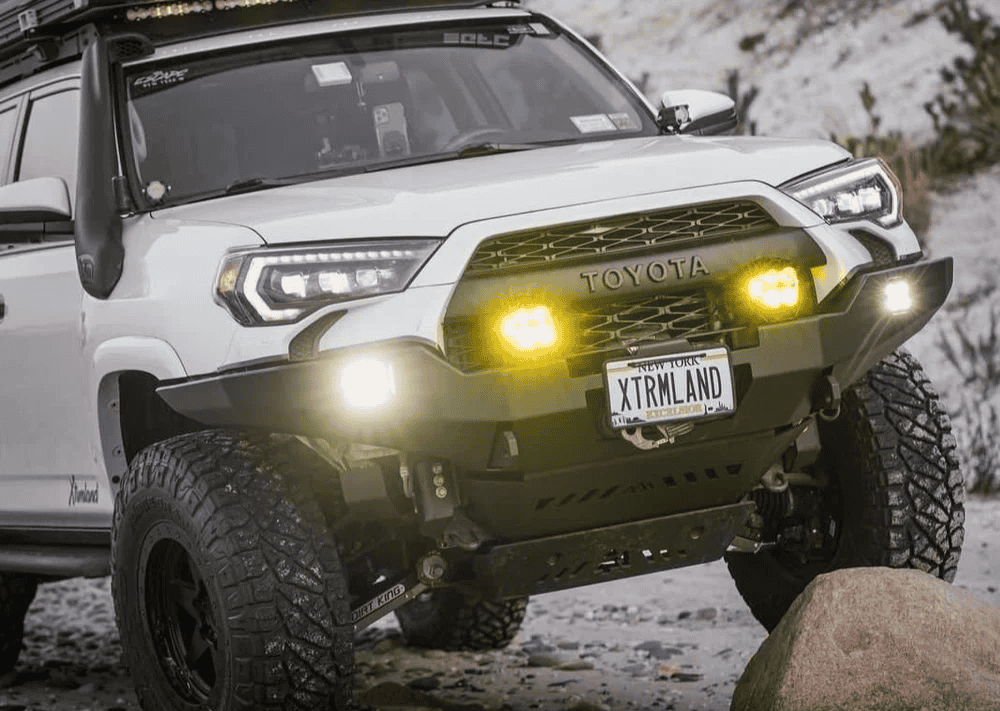Overland Vehicles

A solo expedition rig is a mobile basecamp for one traveler. It must carry enough fuel, water, and power to run days or weeks away from services while staying manageable to drive alone. The best builds keep weight low, storage intuitive, and maintenance simple. Reliability is not a feature list, it is a system that reduces failure points and keeps essential functions within easy reach.
Start with a stout chassis that matches intended terrain and range. An all wheel drive van, midsize pickup, or body on frame SUV each brings distinct strengths. Tire choice matters more than raw horsepower; a quality all terrain tire in the right size protects range, ride, and traction. Suspension should balance load support with compliance so the vehicle tracks predictably on washboards and rocky climbs.
Choose gearing and traction aids that suit your routes. A low range transfer case, locking differentials, or a limited slip unit can be the difference between a calm self recovery and a long hike for help. Protect critical components with skid plates and choose a bumper that accepts a winch and recovery points without excessive weight.
Power management starts with demand. Audit loads for lighting, refrigeration, navigation, and charging. A dual battery system with a DC to DC charger, inverter, and solar input keeps electronics running without idling. Specify quality wiring and fusing for safety and serviceability. Ventilation and insulation support comfort as much as heating or cooling appliances.
Plan for stuck moments. A rated winch, soft shackles, tree strap, traction boards, and a quality jack cover most scenarios. Keep a first aid kit, extinguisher, and emergency signaling within arm’s reach. Redundant navigation and weather awareness reduce exposure to surprise conditions.
Solo travel rewards compact, modular packing. Use a simple galley that boils water fast, stores staples, and cleans easily. Sleeping systems that deploy in seconds protect rest on long pushes. Hard mounted storage prevents cargo from shifting, and soft bins make camp chores efficient. A small table and chair that stow flat can feel like a luxury after hours of driving.
Weight distribution is more than a handling detail. Heavy items like water, tools, and recovery gear belong low and centered. Place frequently used items near doors or hatch access. Label bins and use color coded dry bags for fast retrieval at night or in foul weather. Keep a grab and go bag with headlamp, layers, and basic rations for quick exits.
Store water in a fixed tank or jerry cans depending on service preferences. Inline filtration simplifies refills from uncertain sources. For food, blend ready to eat items with quick boil meals to balance convenience and morale.
Carry two forms of navigation, such as offline maps and a dedicated unit. A satellite communicator enables check ins and emergency messaging beyond cell coverage. Keep charging standardized with a small number of cable types.
Temperature swings drain energy and attention. Insulation, a safe heat source, vented airflow, and a quality sleep system preserve rest. In hot climates, shade and airflow matter as much as cooling appliances.
Good planning turns a capable rig into a calm trip. Define the goal, study terrain and weather, and create conservative turn around points. Share an itinerary and check in schedule with a trusted contact. In the field, pace the day to leave daylight for unplanned recoveries or camp moves. Leave No Trace principles protect campsites and keep access open.
Risk management for solo travel favors margins. Avoid risky lines, scout obstacles on foot, and use traction boards before spinning tires. Keep fuel and water reserves beyond the plan. A simple daily inspection of tires, fluids, bolts, and wiring catches issues while they are minor.
If you decide your routes warrant professional outfitting, a purpose built upfit can simplify your checklist. Thoughtful layouts, durable electrical systems, and integrated recovery gear reduce setup time and mental load when you travel alone. Explore how proven builds balance storage, safety, and comfort with Explore overland rigs.
A well designed solo expedition rig feels intuitive. Everything has a place, every system has a simple workflow, and the vehicle remains enjoyable to drive on pavement and trail. That balance comes from deliberate choices rather than add ons for their own sake. When you want a build that reflects your routes and priorities, partner with a shop that listens first and then engineers the details.
OZK Customs designs and upfits overland platforms for single traveler missions with attention to weight, access, and reliability. Our team integrates power, storage, and recovery into straightforward systems that are easy to operate and maintain. Dive into layout and equipment options tailored to remote travel with Custom overland upfit options, and see how our approach and experience shape every project at Why choose OZK Customs.
OZK serves travelers nationwide from Fayetteville, Arkansas, with a handoff experience that teaches your rig inside and out before you leave. Tell us about your routes, climate, and timeline, and we will build the rig that matches your plan.
Ready to build a solo capable rig that fits your routes, climate, and pace of travel. OZK Customs designs and upfits expedition platforms with proven layouts, power systems, and recovery gear so you can focus on the journey. Tell us how you travel, and our team will turn that plan into a dependable build that is simple to operate and easy to maintain.
ADDRESS:
6159 E Huntsville Rd, Fayetteville, AR 72701
PHONE:
(479) 326-9200
EMAIL:
info@ozkvans.com